Have you ever spotted a lazing butterfly or a perfect wildflower while out exploring, and wished that you could do it justice with a camera? Summer is the ideal time to brush up your macro skills, as rural lanes throng with tempting subjects.
In our third guide to improving your camera skills we’re focusing on taking fantastic close-ups of flora and fauna. Getting detailed shots filled with colour can be tricky, but we’ve gathered expert advice from wildlife photographer Matt Cole. He shares the secrets of one of his favourite images and offers his tips for better macro images, whether you are using an SLR or just your smartphone.
Deconstructing a great macro photograph
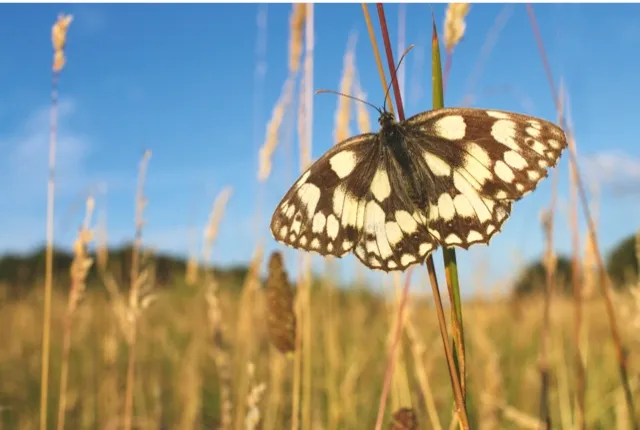
This image was taken early on a July morning, as the butterfly was warming its wings prior to its first flight of the day. I was keen to photograph it within its natural grassland habitat rather than isolated against a clean background. I think marbled whites are one of our most striking butterflies, and their beautiful chequered wings make them a great subject for macro photographers. This particular one posed nicely for me.
I like the off-centre composition of this image and the low viewpoint gives the viewer the impression of being within the butterfly’s grassland habitat. The butterfly’s wings and body are also sharply in focus and the deep blue sky provides a summery feel to the final shot.
8 STEPS TO GREAT MACRO PHOTOGRAPHY
1 Shoot early morning or late evening
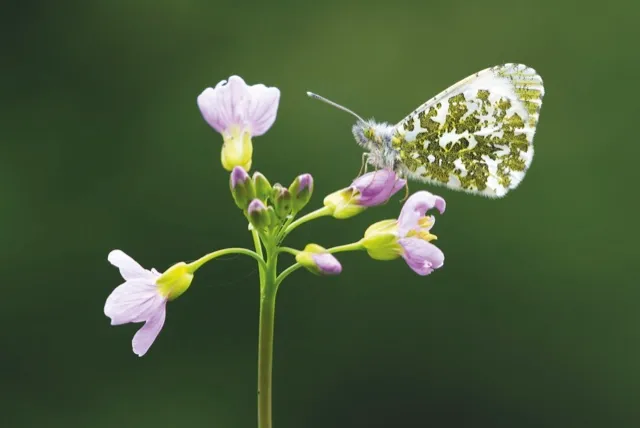
Macro and close-up photography is generally best undertaken in the early morning and late evening – anti-social times of the day when insects are cool and approachable and the light tends to be softer, such as in this shot of an orange tip butterfly. Towards the middle of the day sunlight will be stronger, resulting in deep shadows, and insects will typically be far more skittish.
2 Don’t forget the fungi

Close-up photography isn’t only about insects and flowers. Fungi comes in a wide range of shapes, sizes and colours and can make for beautiful, fairytale-like photos. The abundance of mushrooms popping up in autumn also handily provides the keen macro photographer with another month or two of subject matter after the disappearance of most insects and flowers.
3 Pay attention to composition

I don’t think photographic rules should be followed slavishly, but compositional guidelines such as the ‘rule of thirds’ are as relevant to macro photography as to other styles of photography. Placing key compositional elements, such as this handsome jumping spider, around one third of the way into the image can be very effective.
4 Create impact
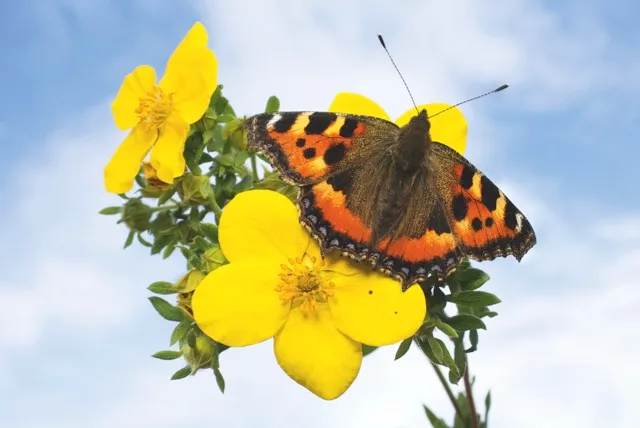
Look for subjects with strong colours and shoot them against a deep blue sky for eye-catching images that are full of impact. Hunt out other bright backdrops – a field of buttercups, for instance, will result in a more striking background than grass green or muddy brown.
5 Make eye contact
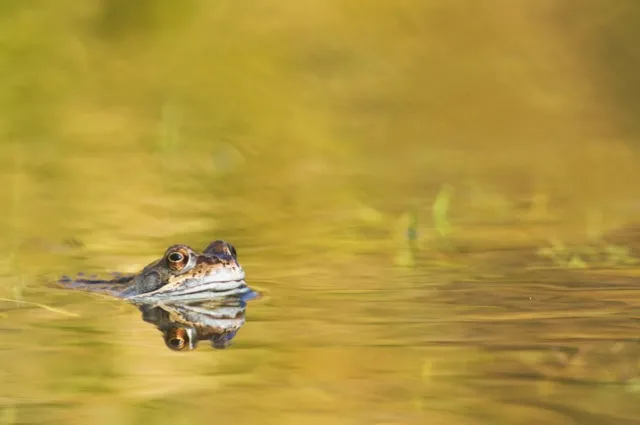
Photos of little creatures will have far greater impact if taken at the subject’s eye level rather than from above. For an image that looks sharp, always focus on the eyes of insects and small mammals, and don’t worry too much about the rest of their body.
6. Show the subject in its habitat
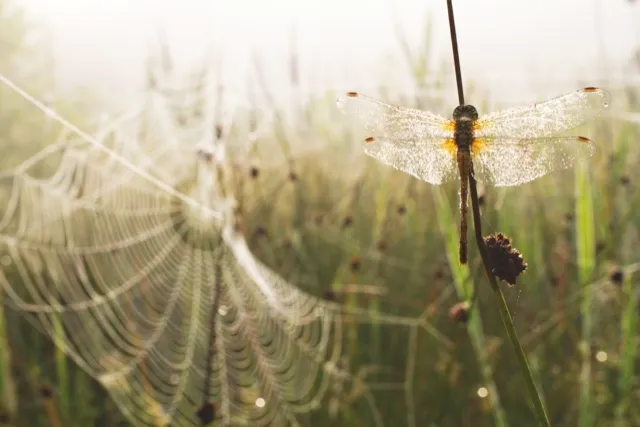
Macro photographers often go to great lengths to achieve an image in which the subject is isolated from its background, but I think it’s more striking to do the opposite. Showing a subject within its natural environment adds interest and tells a story about your subject.
7. Use a tripod
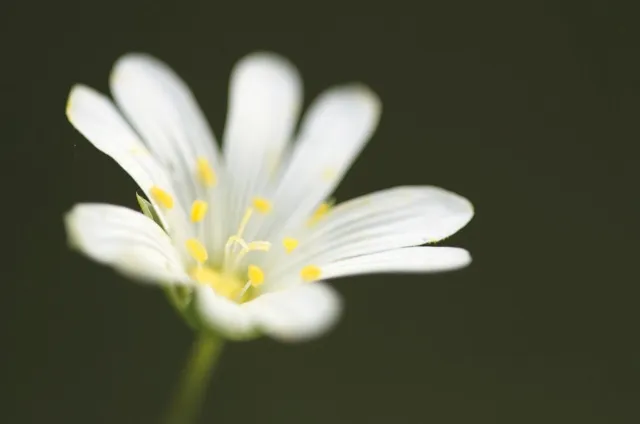
It’s easy to get camera shake with close-up shots, and the low light levels at the outset and end of the day deepen the problem. Although cumbersome to carry and set up, a tripod can make the difference between images that are pin sharp rather than disappointingly soft.
8 Capture interesting behavior
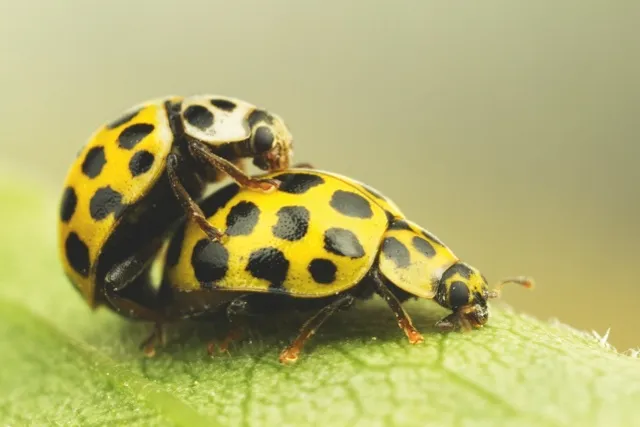
Static images of insects tend to be relatively commonplace, so capturing natural behavior or action – feeding, mating, nest building or the emergence of insects such as dragonflies and butterflies from their larval form – can provide a more interesting and original image.
10 quick tweaks for instantly better close-up shots
1. Avoid windy days
It can be difficult to achieve sharp macro images on breezy days so try to shoot in still conditions.
2. Don’t be afraid to get dirty
You may need to kneel or lie flat on the ground to get the best angle,
so dress accordingly.
3. Wear wellies
A good pair of wellington boots are essential when walking through long, wet grass or exploring the margins of ponds.
4. Respect your subject
The welfare of your subject should always come first, so care should be taken not to harm insects or flatten plants.
5. Use manual focus
Manual focus is often the best option for macro photography and provides greater precision and reliability than autofocus.
6. Know your subject
Read up on the time of year that your subject appears and where it can be found.
7. Don’t forget spare batteries and
memory cards
There’s nothing more frustrating than lining up a great image only to find your battery is dead or your card is full.
8. Use Liveview
If you’re using a tripod, switching to Liveview can help with composition and allows you to check close focus.
9. Don’t be afraid to use flash
A small amount of fill flash can lift shadows and make colours sparkle – it’s just a matter of using it wisely.
10. Pack drinks and snacks
Don’t let hunger or thirst curtail a photographic session!
